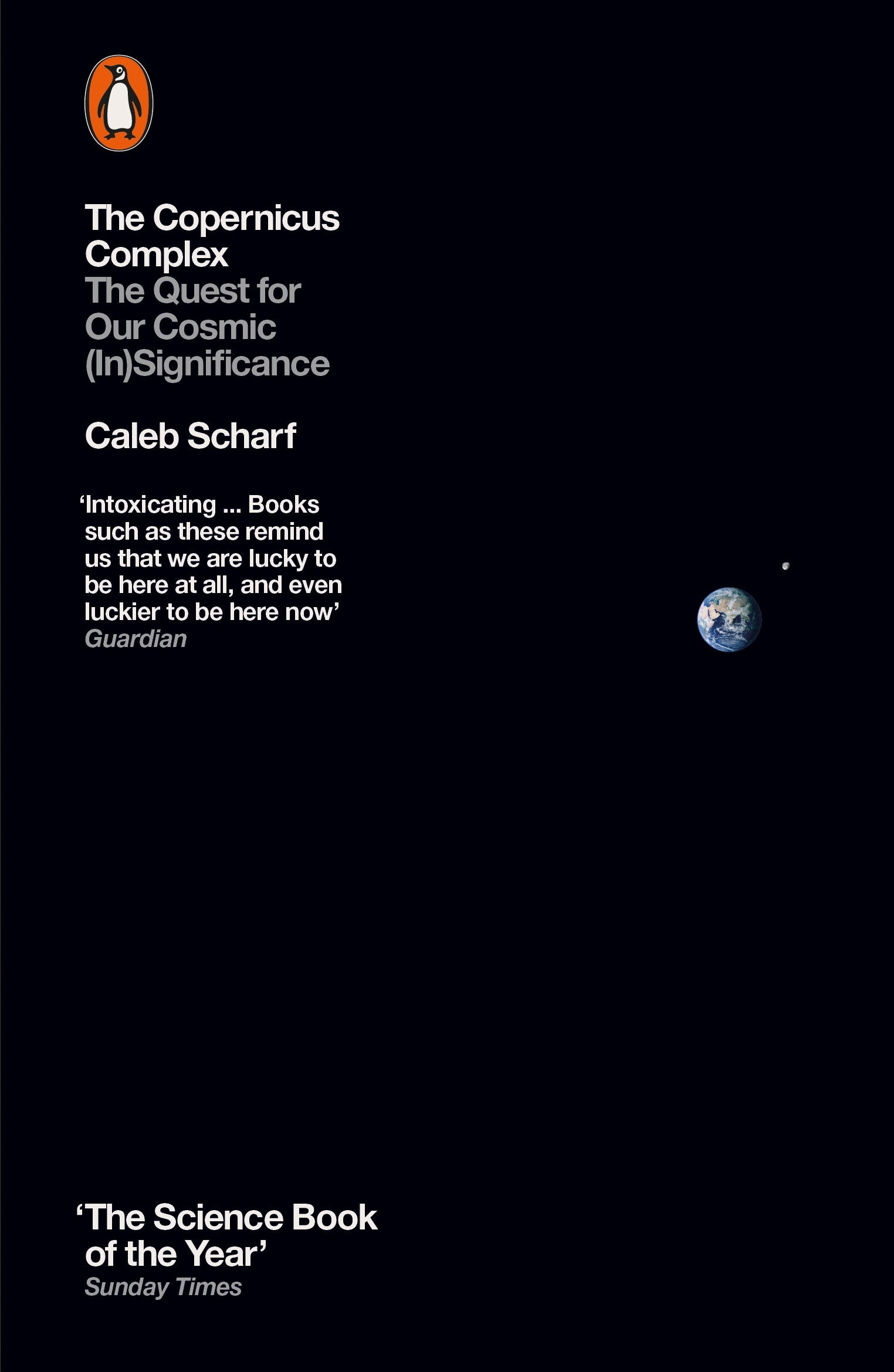What do you think?
Rate this book


Though the concept of "the universe" suggests the containment of everything, the latest ideas in cosmology hint that our universe may be just one of a multitude of others-a single slice of an infinity of parallel realities.
In The Copernicus Complex, the renowned astrophysicist and author Caleb Scharf takes us on a cosmic adventure like no other, from tiny microbes within the Earth to distant exoplanets and beyond, asserting that the age-old Copernican principle is in need of updating. As Scharf argues, when Copernicus proposed that the Earth was not the fixed point at the center of the known universe (and therefore we are not unique), he set in motion a colossal scientific juggernaut, forever changing our vision of nature. But the principle has never been entirely true-we do live at a particular time, in a particular location, under particular circumstances. To solve this conundrum we must put aside our Copernican worldview and embrace the possibility that we are in a delicate balance between mediocrity and significance, order and chaos.
Weaving together cutting-edge science and classic storytelling, historical accounts and speculations on what the future holds, The Copernicus Complex presents a compelling argument for what our true cosmic status is, and proposes a way forward for the ultimate quest: to determine life's abundance not just across this universe but across all realities.
278 pages, Paperback
First published January 1, 2014
So are we unusual or not? Our powerful tools of mathematical probability and the objective truths about the bias and retrospective interpretation of events clearly indicate that neither side is yet a winner. But we are much much closer to an answer than we've ever been in the history of the human species. We are on the cusp of knowing.Humans have assumed for many years that they were God's special project. It was a bit of a blow to our egos when scientists said we were mere star dust that just happened to end up in a life form. This book says we can be somewhat comforted by knowing there is indeed a degree of specialness in our existence. And there is reason to expect human knowledge regarding our uniqueness to continue to expand in the future.